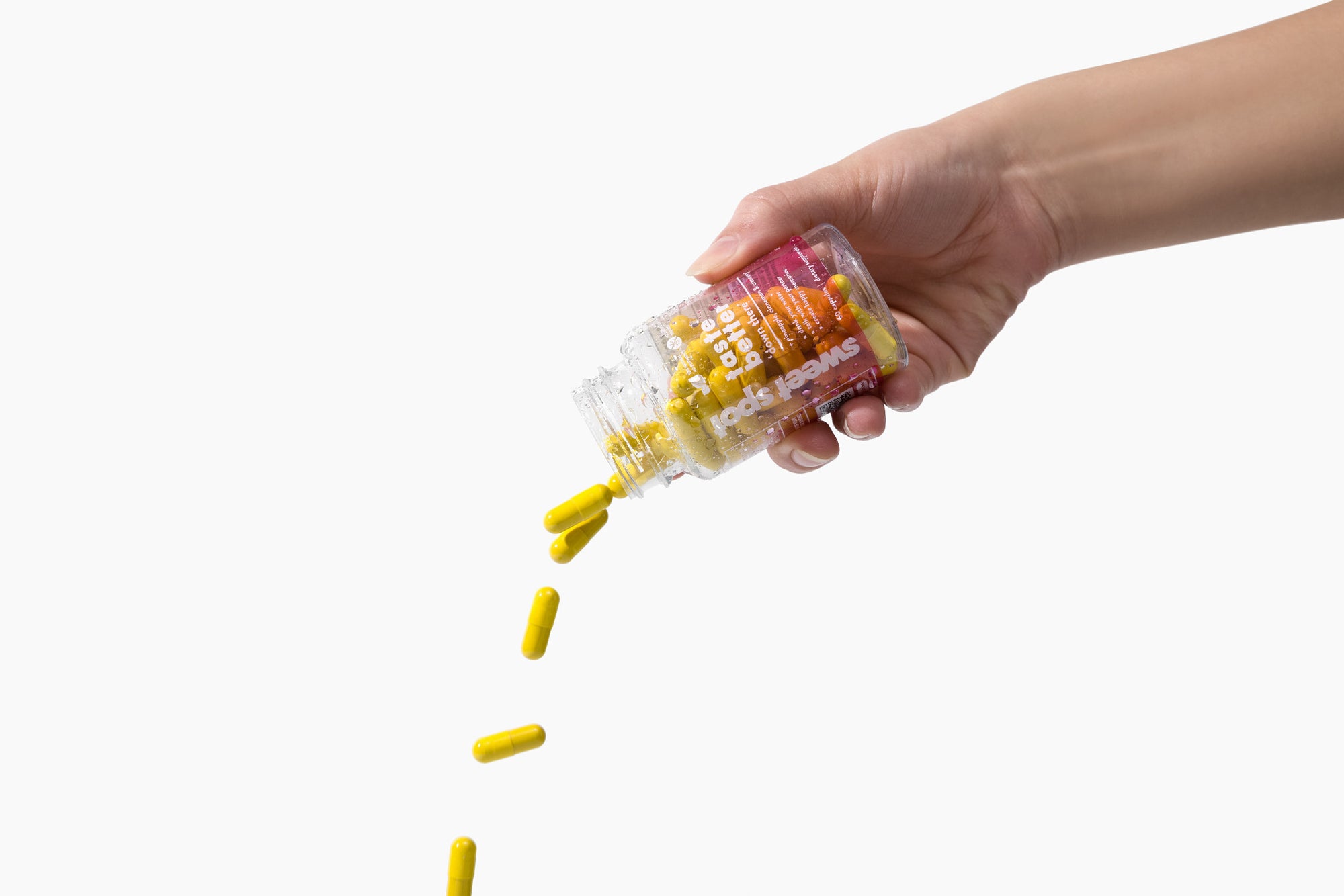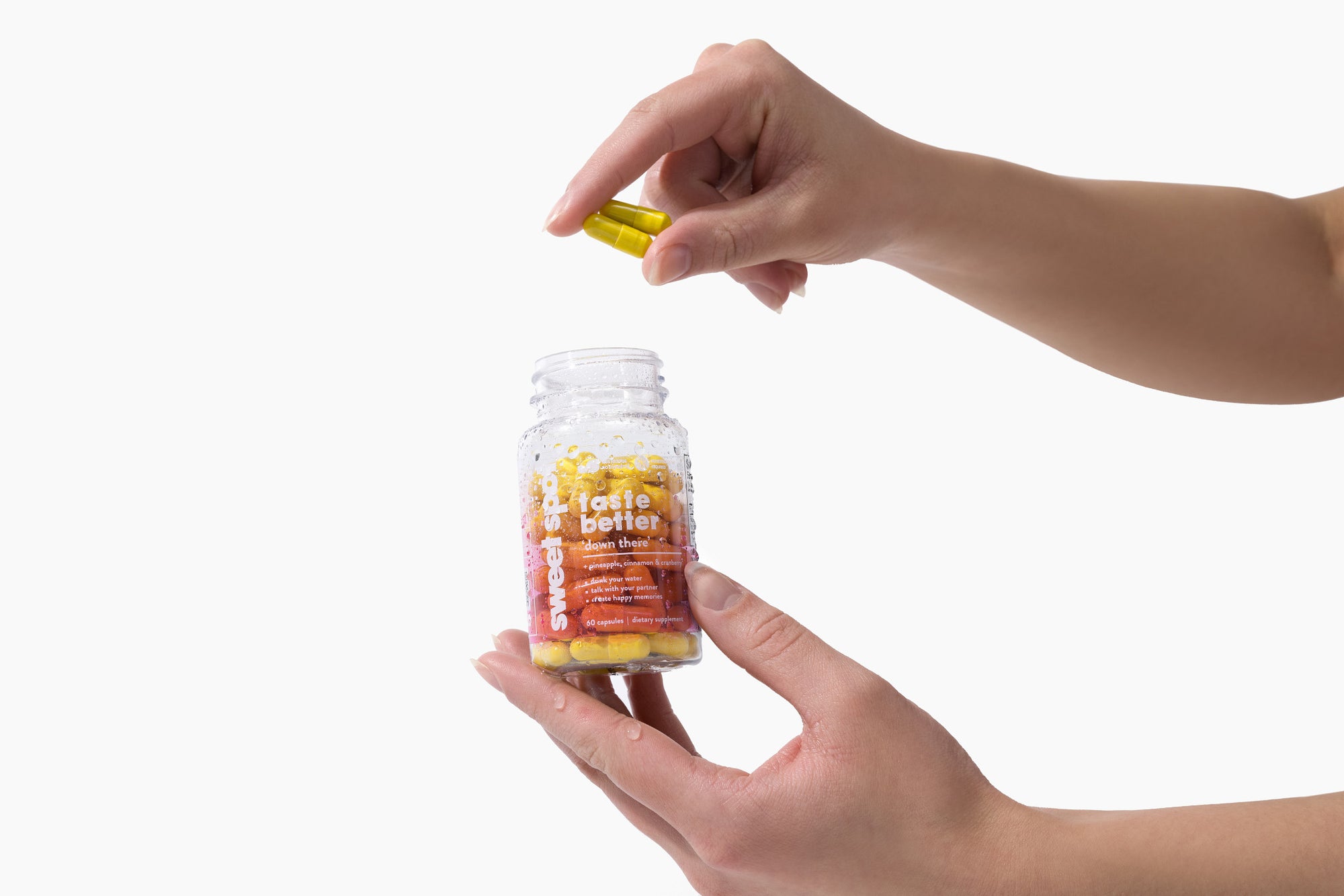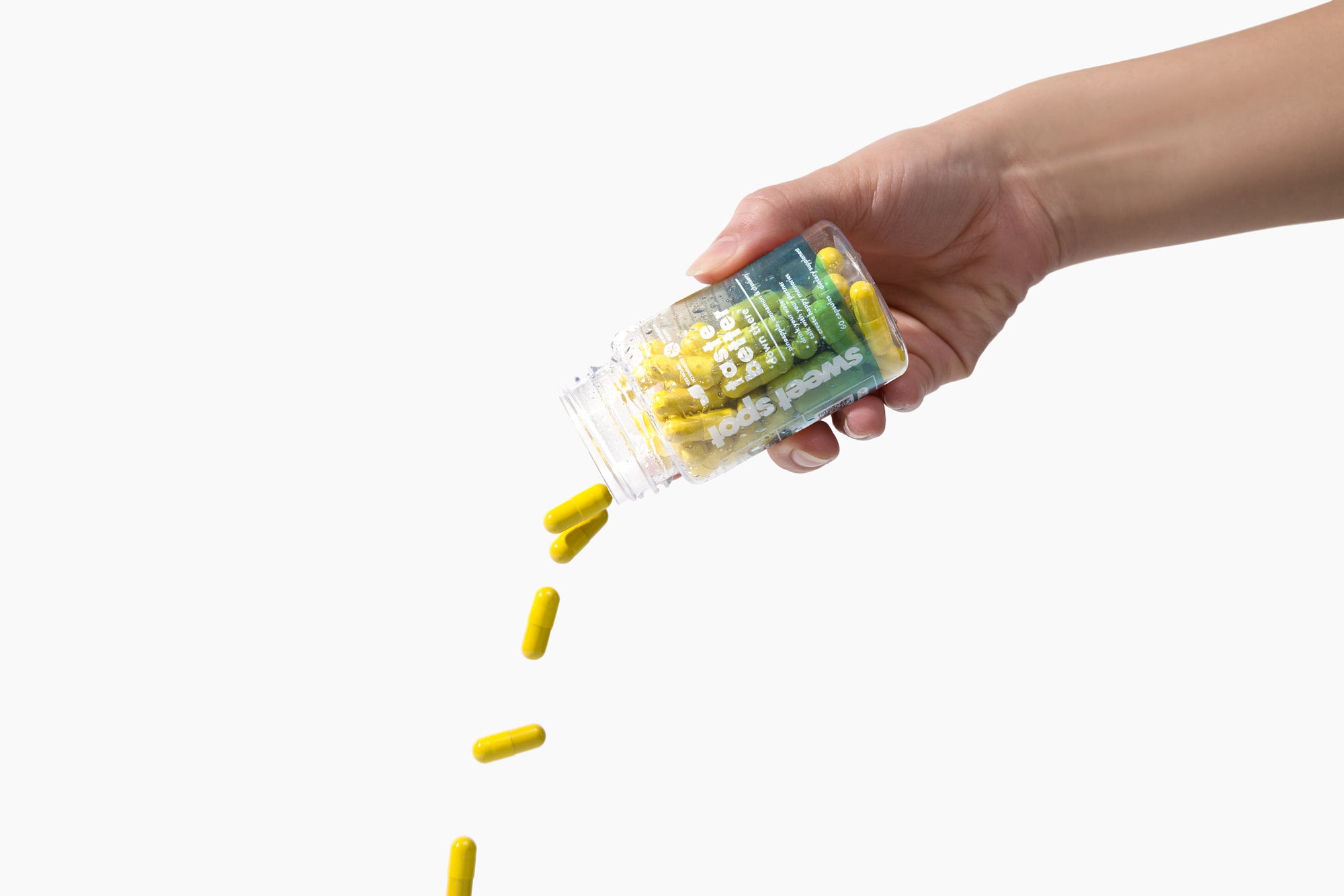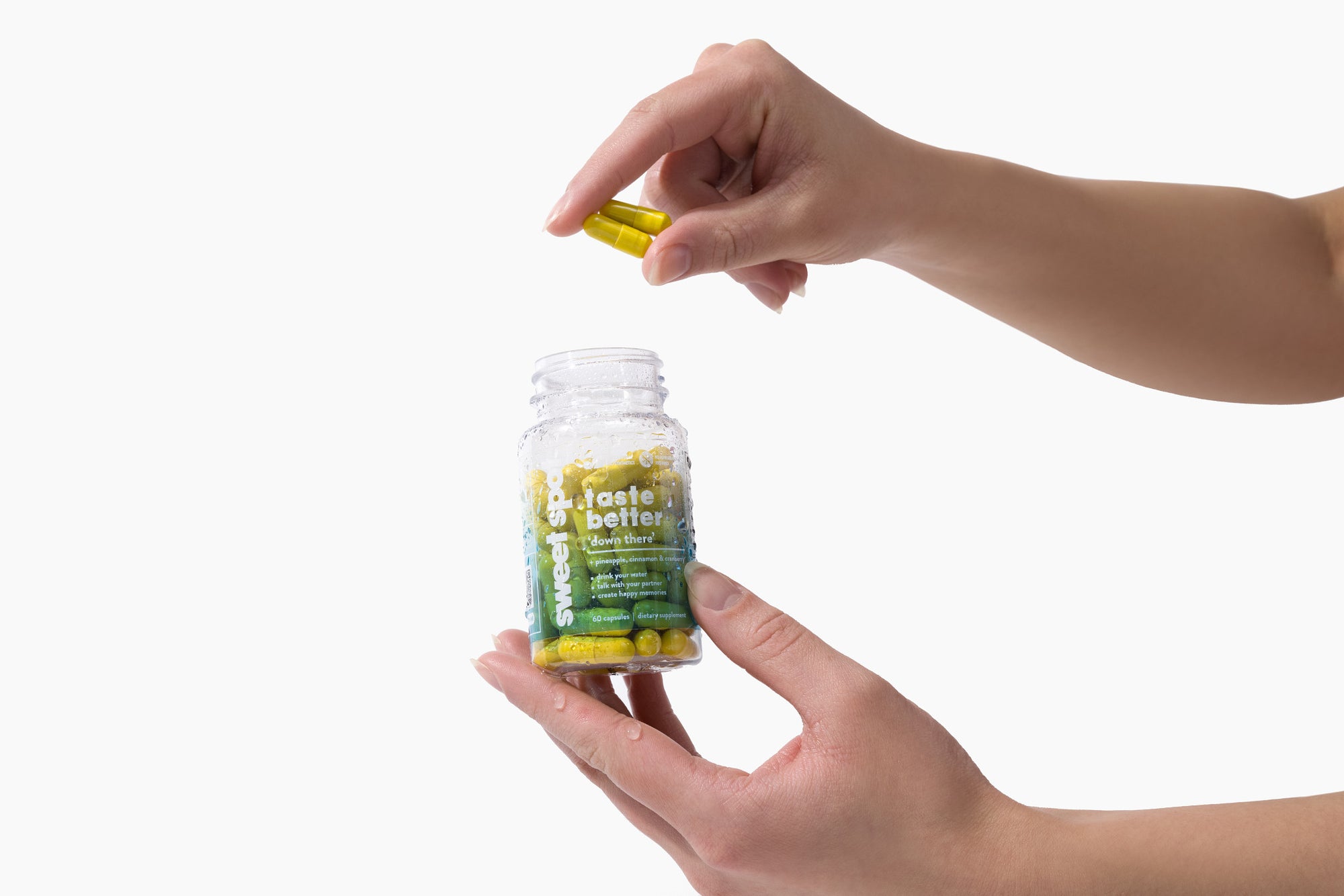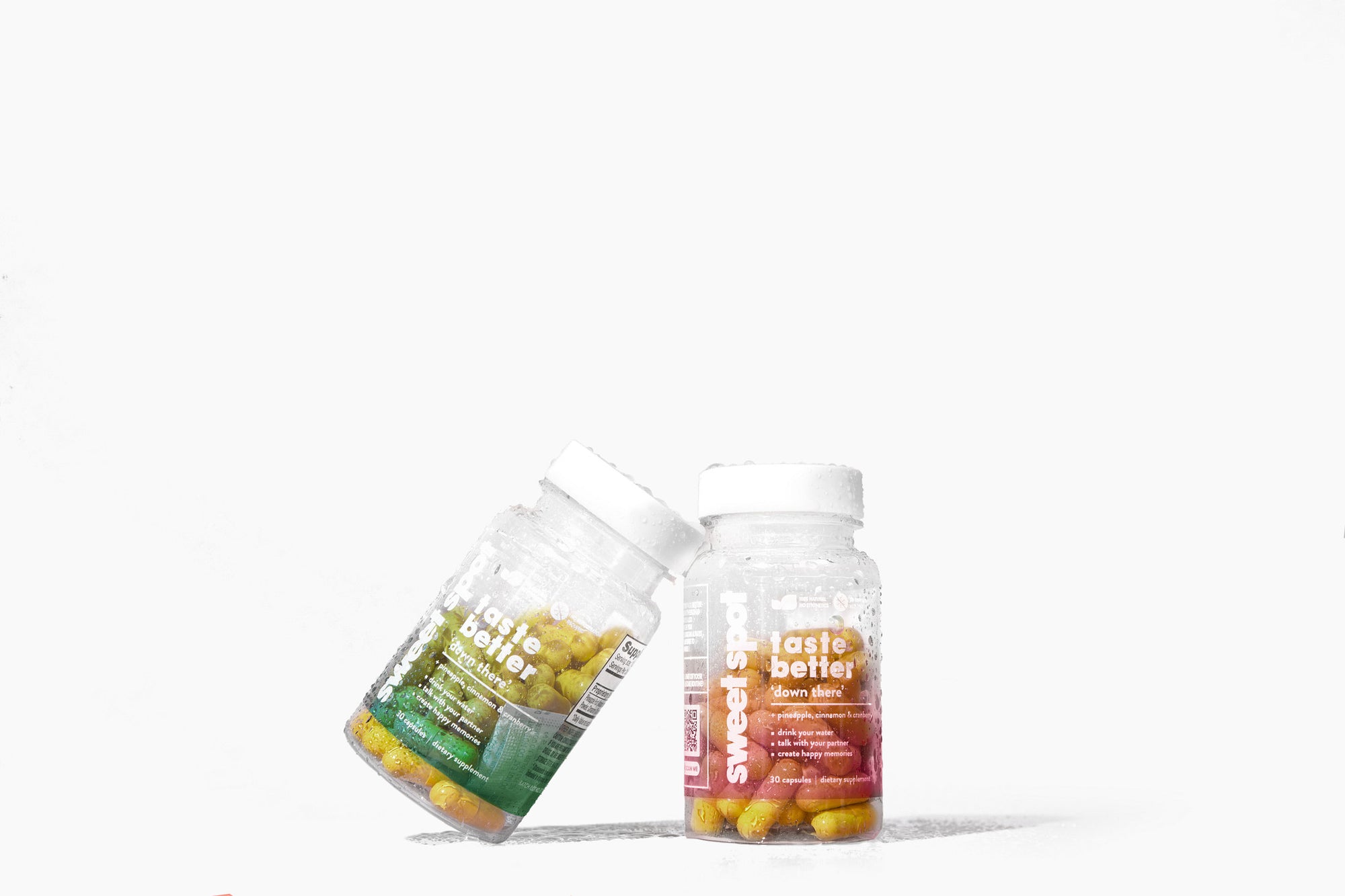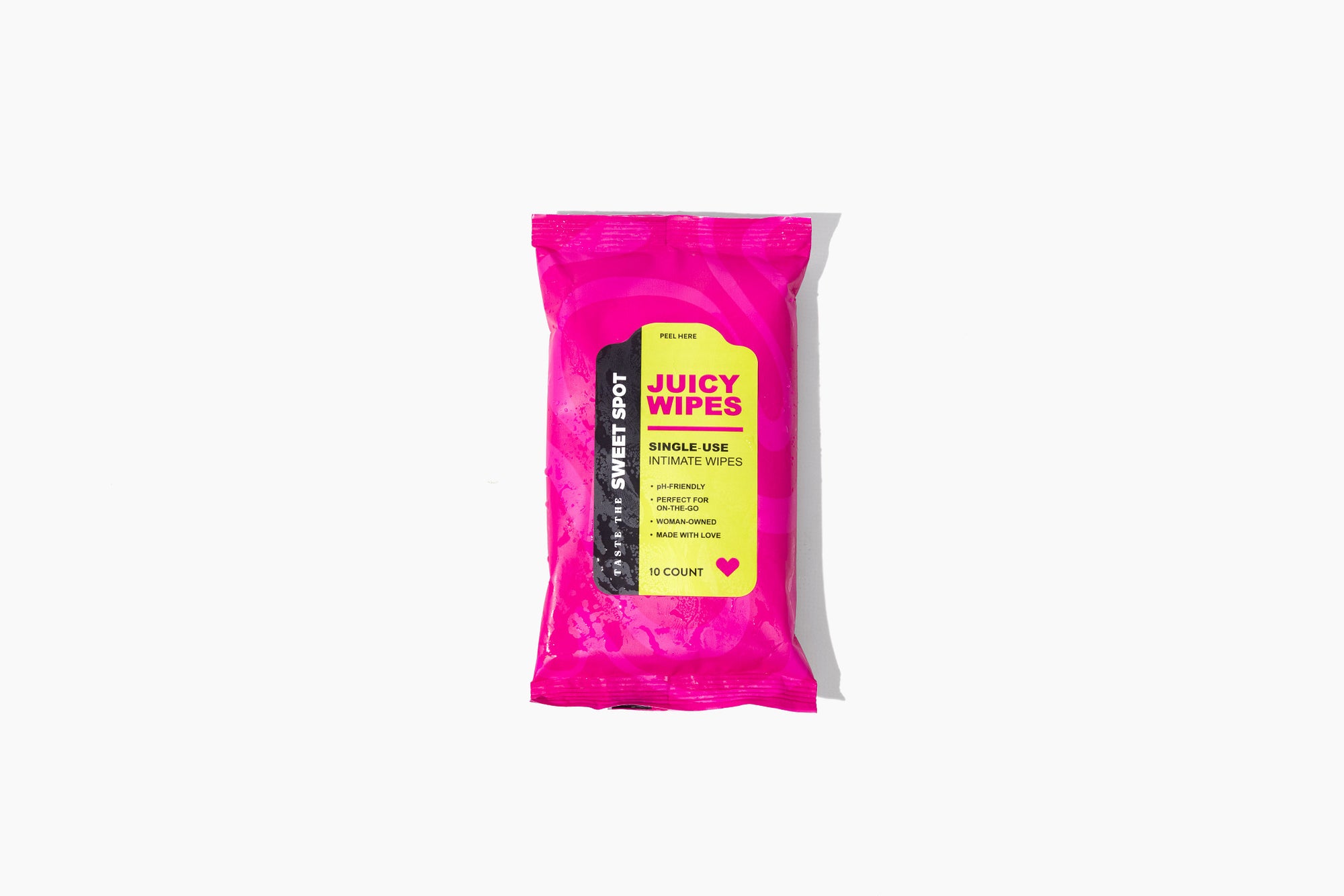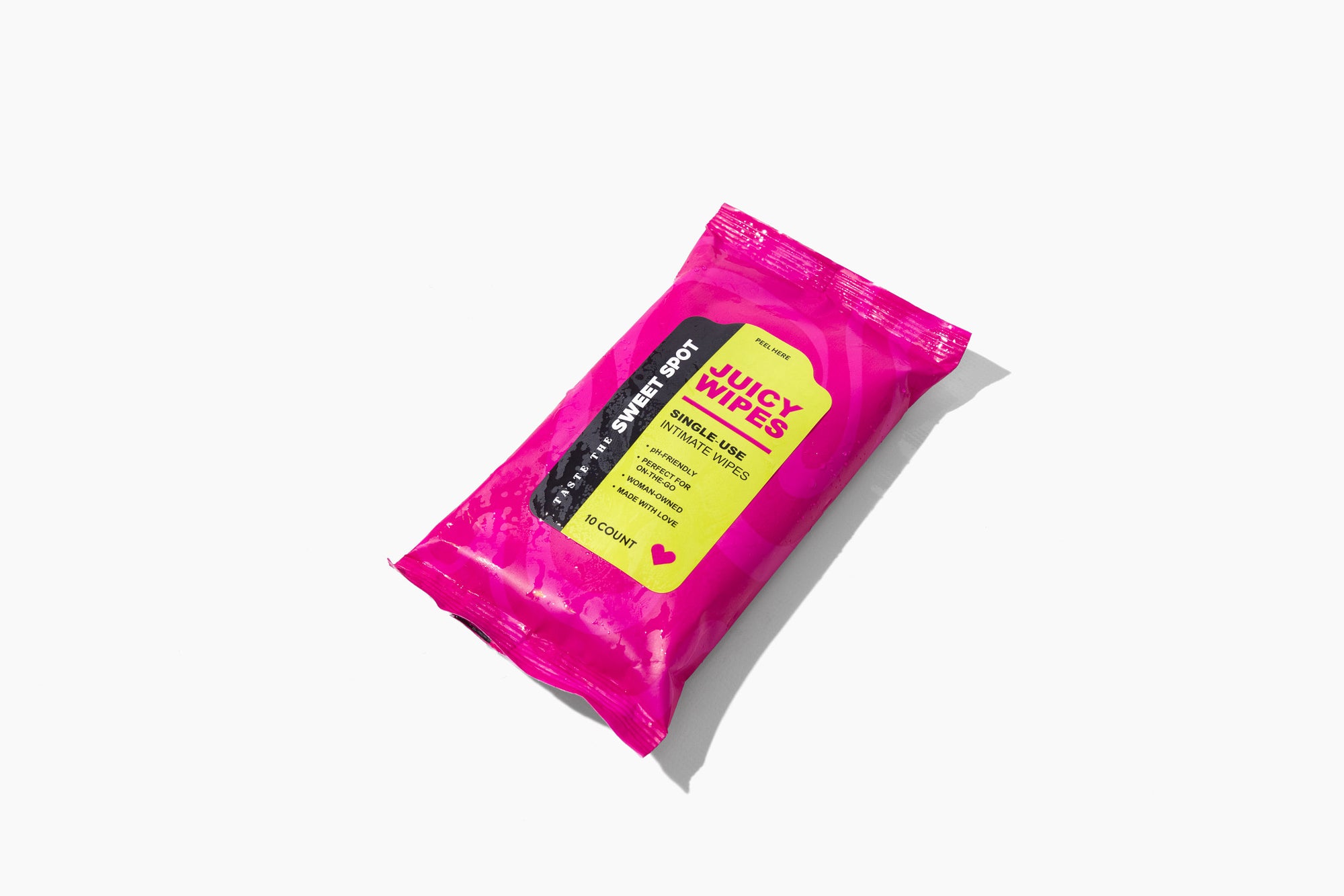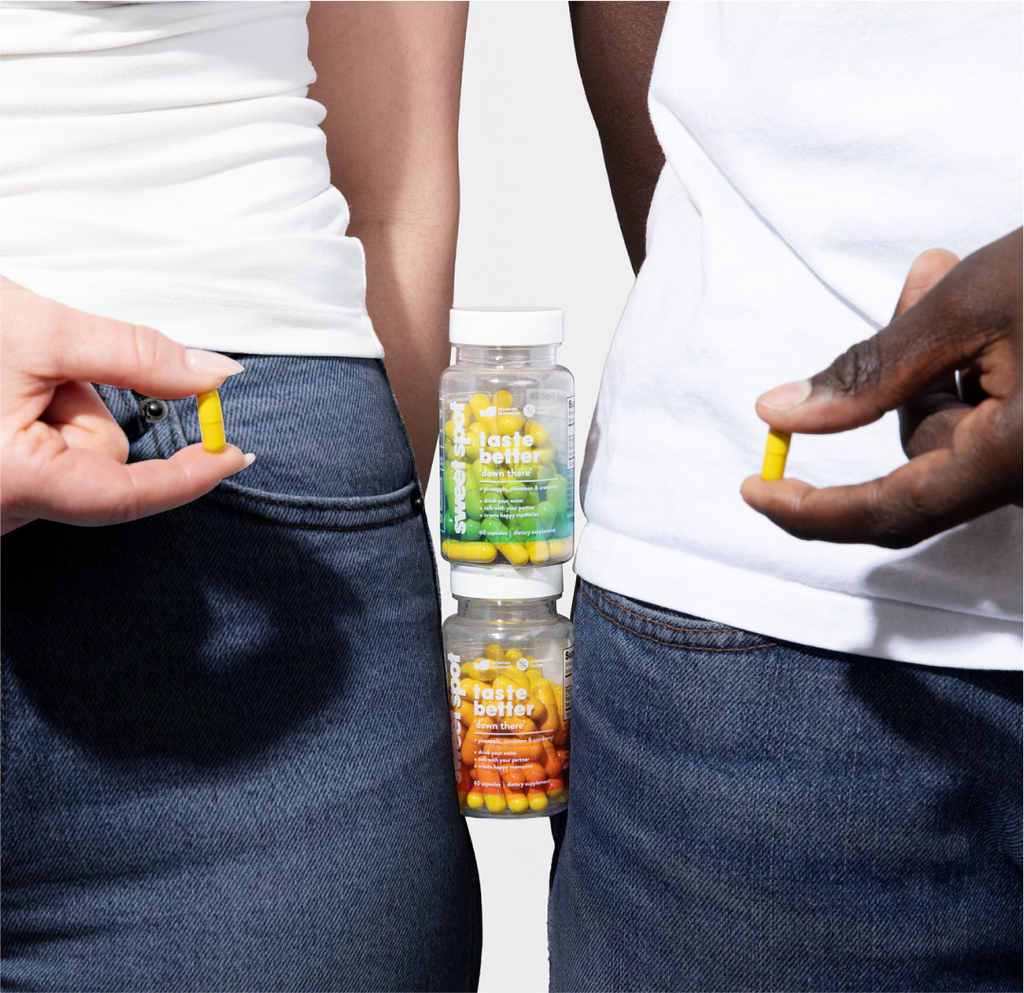

Optimizing Vaginal Health: Probiotics & Lifestyle for Women’s Intimate Balance
Optimizing Vaginal Health: Probiotics & Lifestyle for Every Woman
Keeping your vaginal flora in balance isn’t just for when you have a problem – it’s an ongoing part of self-care. Whether you’re 18 or 80, single or pregnant, incorporating urovaginal probiotics into your routine can pay off in long-term intimate wellness.
Learn why “probiotics for women” and “intimate health” aren’t just buzzwords – they’re keys to feeling confident every day.
The Balancing Act: Vaginal Flora and pH
Imagine your vagina as a natural garden. In a healthy garden, “good” plants (lactobacilli) thrive and crowd out the weeds (bad bacteria, yeast). The soil of this garden is slightly acidic (pH around 3.8–4.5), which is vital. When the soil becomes too alkaline (pH >4.5), unwanted plants take over, causing trouble.
-
Lactobacilli Rule: Most healthy women have Lactobacillus species dominating their vaginal microbiome. These microbes produce lactic acid (and even hydrogen peroxide) which keeps vaginal pH low. A low pH environment “locks out” many pathogens.
-
What Happens When Balance Breaks: When lactobacilli numbers drop – due to antibiotics, stress, hormonal changes or harsh soaps – the vaginal pH can rise. Suddenly, bacteria like Gardnerella (causing BV) or yeast can flourish, leading to symptoms like odor, itching, discharge, or infections.
Probiotics: Your Friendly Bacteria Allies
Probiotic supplements designed for women contain live beneficial bacteria, often in high doses. When taken regularly (or inserted vaginally in some products), they can help repopulate your intimate microbiome. Here’s how they lend a hand:
-
Natural pH Support: By reintroducing Lactobacillus, probiotics help maintain vaginal acidity. Studies confirm that D- and L-lactic acid from these bacteria keeps pH between ~3.5–4.5, which is inhospitable to pathogens.
-
Blocking Bad Bugs: Many probiotic strains stick to the vaginal lining, outcompeting and blocking harmful microbes from taking hold. They can even secrete substances that disrupt pathogen biofilms (think of them dissolving the “protective coating” of bad bacteria or yeast).
-
Immune Boost: Some research shows lactobacilli can stimulate local immune cells, increasing infection-fighting cytokines and soothing inflammation.
Experts note that while more large trials are needed, “promising research” suggests probiotics may prevent or treat certain vaginal conditions by maintaining a healthy ecosystem. In plain terms, taking a daily female probiotic could mean fewer uncomfortable symptoms and infections down the road.
Common Issues Probiotics Help Address
Women across different life stages face recurring intimate health challenges. Here are the top concerns and how a probiotic can help:
1. Bacterial Vaginosis (BV)
-
What It Is: BV arises from an imbalance, leading to a fishy odor and thin gray discharge.
-
Probiotic Benefit: Studies show oral Lactobacillus supplements (e.g., L. rhamnosus, L. reuteri, L. crispatus) can help restore the normal flora after antibiotic treatment. Over time, many women find fewer BV recurrences.
-
Lifestyle Tip: Avoid douching or aggressive cleaning (which can worsen BV). Use probiotics to replenish your inner defenses.
2. Yeast (Candida) Infections
-
What It Is: Yeast infections cause itching and cottage-cheese-like discharge. They’re often recurrent.
-
Probiotic Benefit: Laboratory studies reveal that lactobacilli can disrupt Candida: they prevent the yeast from switching to its invasive hyphal form and limit biofilms. Clinically, supplementing with Lactobacillus may help reduce future yeast overgrowth, especially when combined with standard antifungal therapy.
-
Lifestyle Tip: Wear breathable cotton underwear and change out of wet clothes promptly to discourage yeast growth.
3. Urinary Tract Infections (UTIs)
-
What It Is: UTIs (bladder infections) cause burning and urgency. About 40% of women will experience at least one UTI in their lives, with many getting recurrent UTIs.
-
Probiotic Benefit: A balanced vaginal flora is crucial because bad bladder bacteria often originate near the vagina. Some evidence suggests supplements (like cranberry combined with probiotics) reduce UTI risk. For instance, women taking cranberry+Lactobacillus reported fewer UTIs in clinical studies.
-
Lifestyle Tip: Stay hydrated, pee after sex, and consider D-mannose or cranberry along with your probiotic if UTIs are an issue.
4. Vaginal Odor & Discharge
-
What It Is: A mild smell is normal, but a foul or fishy odor indicates imbalance (often BV).
-
Probiotic Benefit: As probiotics help lactobacilli regain dominance, odor-causing bacteria get suppressed. Within weeks of daily use, many women notice their discharge normalizes and odors vanish – essentially, they feel fresher naturally.
5. Vaginal Dryness and Postpartum or Menopause Concerns
-
What It Is: Low estrogen (after delivery or during menopause) can thin vaginal tissues, leading to dryness, discomfort, and even painful sex. It also reduces protective lactobacilli.
-
Probiotic Benefit: Although lubricants and estrogen are common fixes, probiotics offer another tool. Trials in older women found that adding Lactobacillus significantly improved dryness, itching, and vaginal health scores. Even nursing mothers or postpartum women can benefit from gentle probiotics to maintain pH when other symptoms fluctuate.
-
Lifestyle Tip: Use water-based lubricants during sex, and continue probiotics to soothe the vaginal environment.
Choosing Your Probiotic: Key Features
When picking a probiotic supplement for intimate health, look for:
-
High CFU Count: A potent dose (often in the billions of CFUs) helps enough bacteria reach and colonize the vagina.
-
Multistrain Formula: A good women’s probiotic includes several proven strains. L. acidophilus, L. crispatus, L. rhamnosus, L. reuteri, L. gasseri, and L. jensenii are all top contenders.
-
Additional Support: Ingredients like cranberry, vitamin C, or D-mannose can offer extra protection against UTIs. Pineapple extract (bromelain) and oregano or grapefruit seed extract are natural antifungals often used in quality formulas.
-
Allergen-Free: Ensure it’s free of allergens (dairy, soy, gluten) and uses a delayed-release capsule so bacteria survive stomach acid. Vegan and non-GMO certifications are bonuses.
A standout choice is Women’s Sweet Spot by Taste The Sweet Spot, which ticks all these boxes. It’s doctor-formulated with targeted Lactobacillus strains and natural ingredients to support your vaginal pH balance, odor control, and comfort. Many women report that daily use keeps them feeling clean and confident all month long.
Supporting Intimate Health with Daily Habits
Probiotics are most effective when paired with healthy habits. Here are science-backed lifestyle tips for feminine hygiene and intimate wellness:
-
Gentle Cleansing: Wash the vulva daily with lukewarm water and a fragrance-free, gentle wash. This removes sweat and bacteria without stripping your natural flora. Avoid douches, scented soaps, or perfumes near your vagina – these can disrupt pH.
-
Wear Breathable Fabrics: Cotton underwear and loose pants let air circulate, preventing moisture buildup that feeds yeast and bacteria. If you exercise or swim, change out of damp clothing right away.
-
Stay Hydrated & Balanced Diet: Water helps flush urinary tract bacteria. A diet rich in fiber and low in excess sugars feeds the good bacteria in your gut and vagina. Including fermented foods (yogurt, kefir, kimchi) provides natural probiotics. Also, foods high in antioxidants (fruits, veggies) support mucosal health.
-
Practice Safe Sex: Use protection to avoid introducing new infections. Before and after sex, gentle washing can help reset pH. Probiotics are especially helpful for sexually active women to maintain balance.
-
Mind Your Antibiotics: Antibiotics can wipe out vaginal lactobacilli. Whenever you take antibiotics (for any reason), follow the course with a probiotic regimen or probiotic-rich foods to restore your flora.
-
Manage Stress & Exercise: Chronic stress can indirectly affect hormones and immunity, potentially leading to imbalances. Regular moderate exercise improves circulation (including to pelvic tissues) and can support overall immune health.
These daily steps, combined with a quality probiotic, create a synergistic effect. You’re not just treating symptoms – you’re building resilience in your intimate microbiome.
Probiotics Through Different Life Stages
-
Teens and 20s: Young women may face yeast infections, BV (especially with new sexual partners), or acne-related hormonal shifts. A good daily probiotic can keep things balanced, especially during periods (pH rises) or after antibiotic courses for acne or infections.
-
Pregnancy: Hormonal changes can alter vaginal flora. Some research indicates that certain probiotics during pregnancy may reduce group B strep (GBS) colonization and lower UTIs. A healthy vaginal microbiome is also linked to lower preterm birth risk. Pregnant women should check with their OB, but a safe supplement (or foods with probiotics) can be beneficial.
-
Postpartum: After childbirth, the body’s microbiome needs time to rebalance. Probiotics can help re-establish lactobacilli dominance, possibly preventing postpartum infections. Gentle use of probiotics (oral or even intravaginally, if advised by a doctor) can be part of postpartum care.
-
Menopause: As noted, more than half of postmenopausal women experience atrophic symptoms (dryness, itching, UTIs). Continuing probiotics can maintain vaginal moisture and prevent pH shifts that invite infection. Studies show menopause-related dryness improved with probiotic use.
In each stage, the principle is the same: feed the good bacteria, starve the bad ones. Probiotics tailored for women keep the vaginal ecosystem resilient through hormonal ebbs and flows.
FAQs on Vaginal Probiotics
-
Q: Are probiotics safe? Yes. Generally, lactobacilli used in women’s probiotics are GRAS (Generally Recognized as Safe). Side effects are rare; some women report mild bloating initially. However, always consult a healthcare provider before starting any supplement.
-
Q: Oral vs. vaginal probiotic – which is better? Oral probiotics (pills) are convenient and can influence the vaginal microbiome via the gut-vagina axis. Vaginal probiotics (suppositories or capsules) deliver bacteria directly. Both approaches have shown benefits. Choose whatever suits you (some products even offer both).
-
Q: How long until I see results? Some women notice a fresher feeling in weeks, especially as discharge and odor improve. For preventing recurrences, it’s best to take probiotics consistently for a few months. Many experts recommend daily use (or during high-risk times, like after antibiotics).
For women seeking comprehensive urovaginal support, look no further than the Women's Sweet Spot Probiotic. Exclusively crafted to address feminine health concerns at every life stage, its potent combination of proven probiotic strains and natural ingredients effectively balances vaginal pH, reduces infections, and enhances intimate comfort. Trust Women's Sweet Spot as the ultimate probiotic partner—the only probiotic solution designed specifically to optimize your intimate microbiome and keep you confidently comfortable every day.



